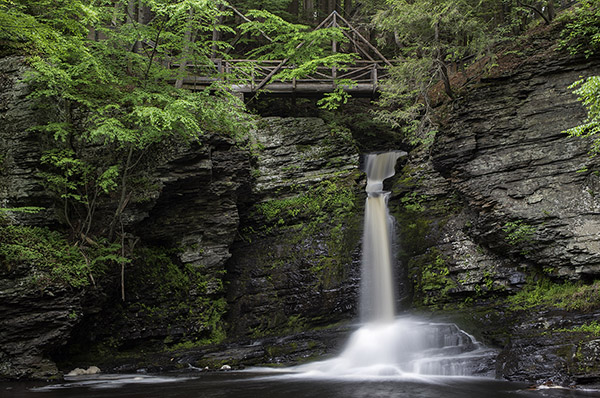Travel Tales from The Hub
Staying Close to Home: Delaware Water Gap National Recreation Area
More Photo Tips | Video Gallery | Photo Gallery | Enewsletter sign-up

Childs Park: 28-300mm Di – 5 Sec, f/16, ISO 64 @ 60mm
Click image to view larger
Sometimes you’re sitting there at home and your camera is staring you in the face subliminally telling you “pick me up, let’s go take some photos”. When that happens, what do you tell yourself, “I’ve lived here for umpteen years and there is nothing to photograph” or “there’s always something to shoot, no matter where I am”. Hopefully it is the latter, because it’s the truth. No matter how much you think you know your surroundings there is usually always something to shoot that you have not shot before.
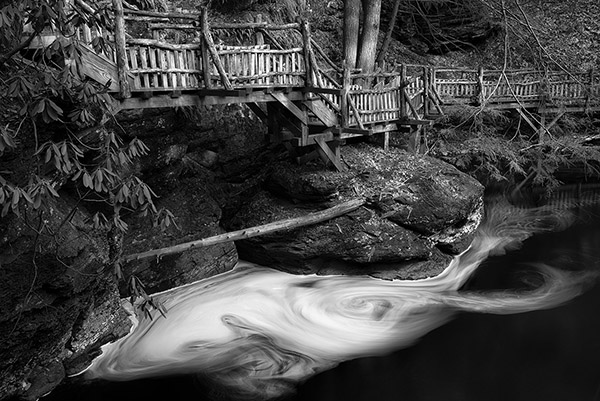
Bushkill Falls 2: SP 24-70mm Di G2 – 13 Sec, f/22 ISO 100 @ 40mm
Click image to view larger
When I get those surreal moments when my camera starts talking to me about being lazy and not taking any pictures, I have a few fall back locations to go to that I know I’ll enjoy even if I don’t end up with the greatest of images. It’s just good to be out there enjoying my surroundings and trying out different things. One of those places is a location I’ve been going to since I was a child with my parents, the Pocono Mountains and the Delaware Water Gap area.
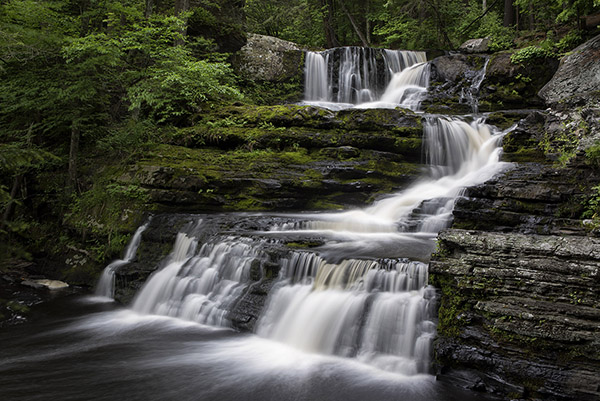
Childs Park: 28-300mm Di – 4 Sec, f/22 ISO 64 @ 50mm
Click image to view larger
The Delaware Water Gap is an area where the Delaware River has carved its way through the Kittatinny Ridge in New Jersey and the Blue Mountain Ridge in Pennsylvania leaving a natural “gap” in the mountains. These Ridges are part of the northeastern section of the Appalachian Mountain Range. The Delaware Wwater Gap actually started to form more than 420 million years ago and is 1 mile wide from Mount Tammany in New Jersey to Mount Minsi in Pennsylvania. The gap is not only famous for its width but also its depth, it is more than 1200 feet from the top of the mountains to the rivers edge.
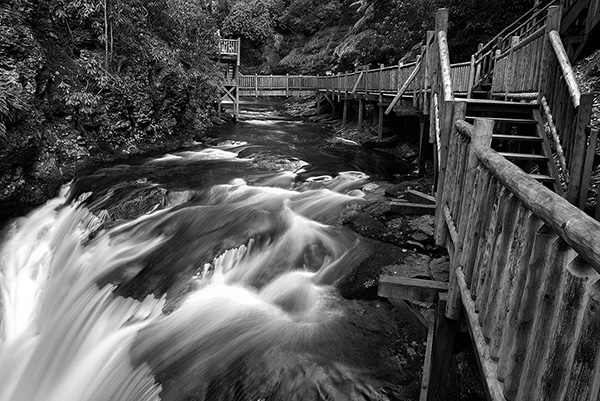
Bushkill Falls: SP 24-70mm Di G2 – 2.5 Sec, f/16, ISO 100 @ 24mm
Click image to view larger
There are many reasons to visit the Delaware Water Gap region and spend a few days exploring. In the winter there are activities like downhill & cross-country skiing and snow tubing. While in the summer you can spend your time walking the fairways of a golf course to lazily rafting down the Delaware River or hiking the many trails in the area. If you like to photograph waterfalls, there are plenty to choose from that can easily fill a few days of capturing images. From the tallest water fall in Pennsylvania at 150 feet, Raymondskill Falls to the very steep Silverthread Falls, this area provides waterfalls that are both easy to access via boardwalks or some that demand a little more effort.
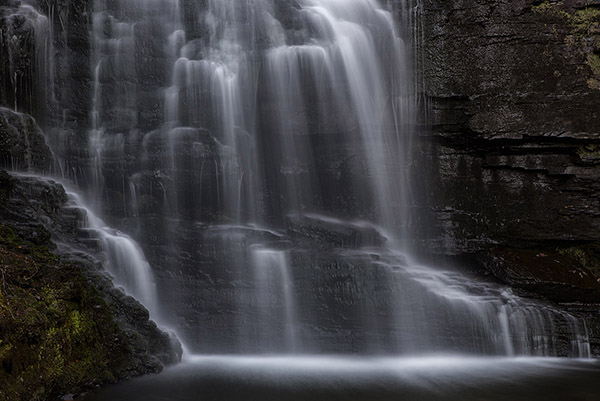
Bushkill Falls 1: SP24-70mm Di G2 – 10 Sec, f/16, ISO 100 @ 70mm
Click image to view larger
Starting with the headwaters in northeast Pennsylvania and making its way to the Delaware River, Bushkill Creek formed a set of 8 waterfalls that is now known as Bushkill Falls. The land these falls sit on was originally purchased by Charles E Peters who opened it to the public in 1904, Bushkill Falls is still owned and operated by the Peters family today. With 4 trails (the longest being 2 miles) of varying difficulty there are opportunities for everyone to capture a photo of these beautiful waterfalls. One of the best times of year to go is during the fall when the leaves are turning their brilliant yellows, oranges and reds. Remember to bring comfortable and sturdy shoes that are good on wet surfaces, the boardwalks can sometimes be slippery from the mist of the falls. Bring a tripod as well, you’ll need it for the long exposures needed to create the soft milky effect of the cascading water.
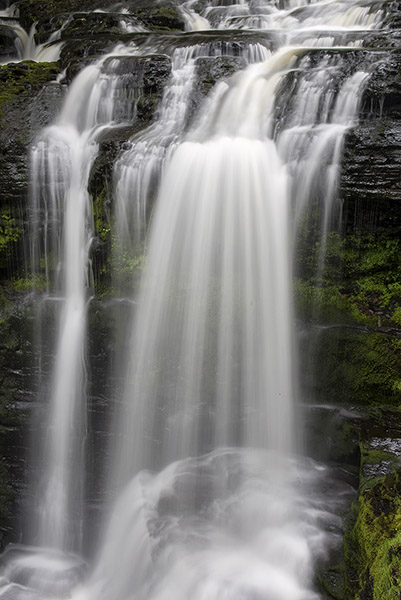
Childs Park 2: 28-300mm Di – 5 Sec, f/22, ISO 64 @ 50mm
Click image to view larger
Another beautiful spot is George W. Childs recreational area in Dingman’s Ferry, Pennsylvania. Named after newspaper publisher George William Childs this area consists of a number of cascade type waterfalls along Dingman Creek and is accessed by a well-marked and somewhat easy walking trail. Unfortunately, the late winter and early spring storms of 2018 have damaged the park so severely that it is officially closed until it can be cleaned up and sufficient repairs made to the area. Keep an eye out for the reopening of the park via the national park service’s link: https://www.nps.gov/dewa/planyourvisit/trails.htm. This is a small but beautiful area and well worth the visit once reopened.
Finally, a few helpful hints to create better waterfall images. First and foremost, bring the right equipment. One of the most important pieces of equipment besides a sturdy tripod are a neutral density and/or circular polarizer filters. Neutral Density filters reduce the amount of light going through your lens. Depending on the density of the filter you can reduce the amount by 2, 4, 8 etc.… stops. This will allow you to slow down your shutter into the seconds, so that you can achieve that smooth silky effect. Circular polarizers are important to help saturate color and take reflections off the wet rocks. They will also reduce the amount of light going through your lens by 1.5 stops, helping you slow down your shutter speed.
Lenses used:
SP 24-70mm Di VC USD G2
28-300mm Di VC PZD
More Photo Tips | Watch Videos | Learn More About Tamron Lenses | Photo Gallery
